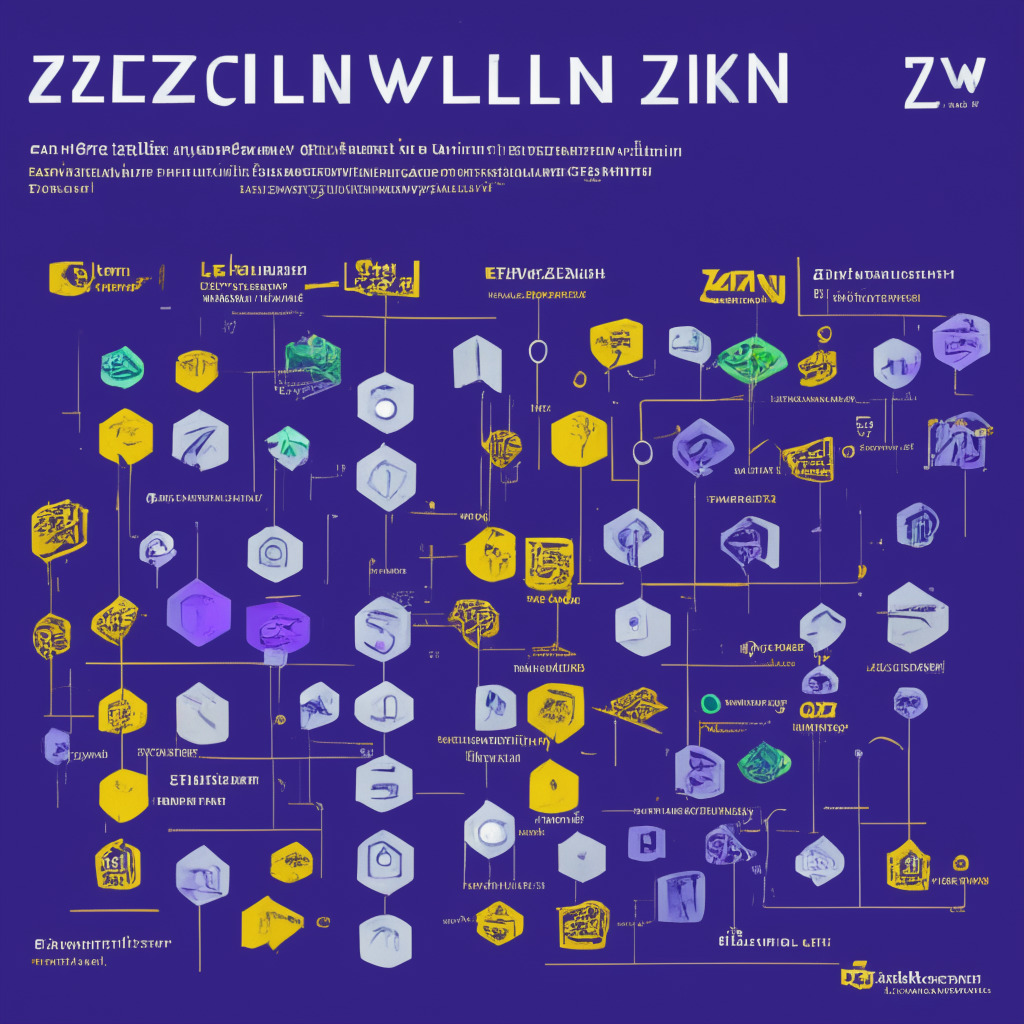Blockchain technology has steadily infiltrated various industries, promising to revolutionize the way we approach transactions, data management, and even global markets. However, much like any other technological development, it is essential to question its reliability, usability, and most importantly, the potential risks associated with it. As enthusiastic supporters of blockchain, we must delve into the technology’s outstanding features and the serious concerns it brings.
One of the most appealing aspects of blockchain technology is its security mechanism. By design, its decentralized nature and use of cryptographic hashing techniques protect it from cyber-attacks and fraudulent activities. Historically, centralized institutions have been notorious for single-point failures and breaches, a problem which blockchain technology effectively addresses. However, it is crucial to acknowledge that blockchain is not entirely immune to cyberwars. With the rise of quantum computing, there looms the potential threat of blockchain’s cryptographic systems being challenged and compromised.
Another profound advantage blockchain technology brings is the potential to disrupt financial markets, particularly through the growing popularity of cryptocurrencies. With the surge of adoption for digital currencies such as Bitcoin and Ethereum, financial markets have expanded to accommodate an ever-increasing global demand. This digital transformation has come with the added benefit of reduced transaction costs, faster processing times, and improved transparency. However, skeptics argue that the market’s volatility and the dark underbelly of cryptocurrency use present a dangerous landscape. Instances of money laundering, ransomware attacks, and downright fraudulent ICOs (Initial Coin Offerings) have raised legitimate concerns about the future of digital currencies married to blockchain technology.
Blockchain’s applicability transcends beyond finance, as it is also reinventing various sectors like healthcare, supply chain management, and voting systems. The technology’s ability to store and manage vast amounts of data in a tamper-proof and transparent manner has disrupted these industries, increasing efficiency and trust. However, issues such as scalability, energy consumption, and implementation challenges still exist. For instance, given the significant energy consumption of mining processes, the environmental impact cannot be overlooked. Additionally, it is essential to examine the feasibility of combining existing systems with blockchain infrastructure, as various sectors may face colossal risks and losses during the transition process.
As we continue to explore and advocate for the immense potential of blockchain, it is necessary to tread cautiously while addressing the seemingly insurmountable obstacles that accompany it. Despite the transformative nature of this technology, it is essential to remember that striking a balance between the pros and the cons is vital not only for its future success but also for maintaining the trust and confidence of our community.
Source: Cointelegraph




